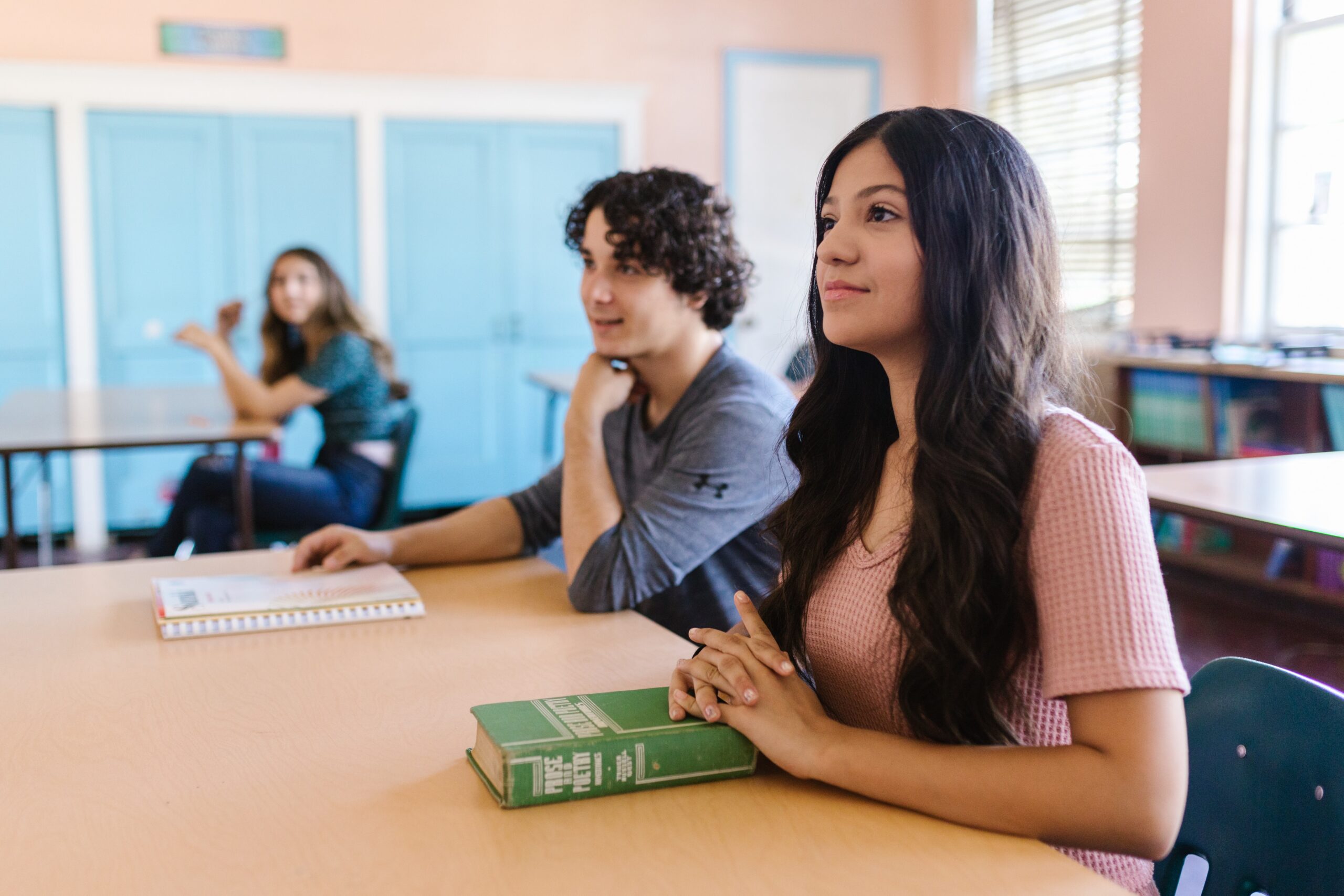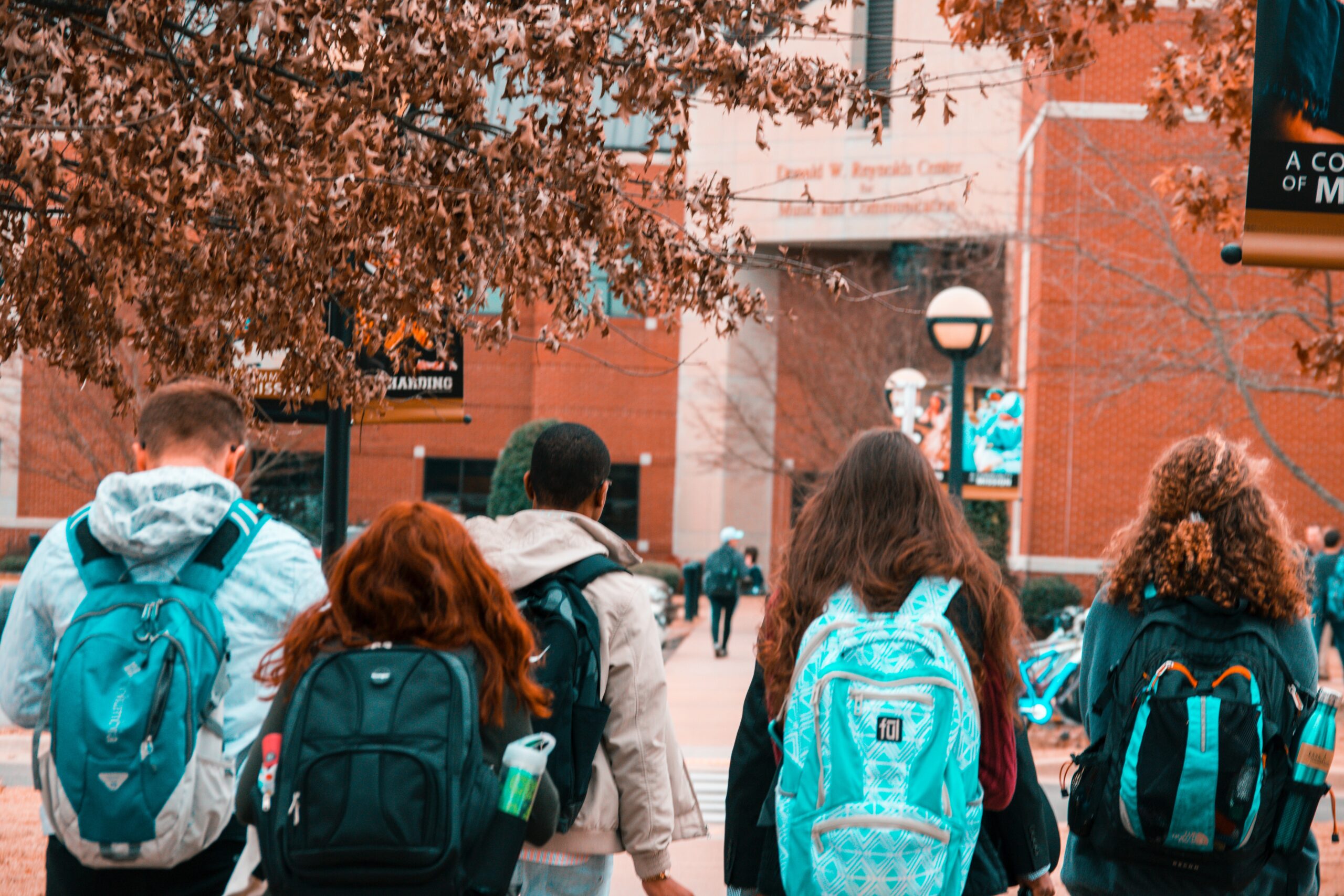
How One Group of Student Leaders Found a Way to Manage Mental Health at Their School
By: Tim Elmore
I recently spoke at the 2021 Cobb County Student Leadership Academy awards event. Students were present, often with their parents and teachers, to learn about leadership and be recognized for what they’d achieved beyond academics this year.
Pope High School was one school that was highlighted.
Student leaders at Pope had recognized how much their classmates struggled with school during the COVID-19 pandemic. Some schools were in-person, some remote and some hybrid, but all of them felt the pressure and anxiety of learning in such a time as this. Mental health became a front and center issue in the minds of everyone.

A Simple Yet Creative Idea
Student leaders met and defined the problem: “Many students feel too anxious to tell their teachers about how they’re doing, making communication very rare.”
So they created an easy, efficient, effective way to strengthen communication in their school community. They called it: “Pope Notes.” It was designed to offer a non-verbal way of communicating that helped teachers check in on their students. Their goal? “We want to raise awareness that mental health matters.”
Here’s how “Pope Notes” works:
- Each teacher is provided a class set of “Pope Notes.”
- Students will enter the classroom (or virtual classroom) and grab a set of “Pope Notes” to use in class.
- The notes are cards with colors on them when attending in-person. The colors can be shown digitally when attending class remotely.
- The red, yellow, and green notes help students feel less pressure from teachers in the classroom regarding the content. The blue and purple notes aid the teacher in prioritizing questions from students.
It’s a Classroom Traffic Signal
The cards work a little like a classroom traffic signal. Just like busy intersections need traffic signals to help traffic make progress, so do stressful classrooms in a pandemic. The point of the system is: Everyone has bad days and needs a little help sometimes. Here are the easy and clear messages each color represents:
- RED – “I’m struggling. I can’t answer anything today. May I listen and learn quietly?”
- YELLOW – “Please limit how many times I’m called upon. I’m managing my stress.”
- GREEN – “I’m happy and ready to be part of the discussion.”
- BLUE – “I understand the topic but have a related question.”
- PURPLE – “I’m confused about the topic and need help with an unrelated question.”
It would be easy to assume this is just a student’s way to get out of responsibility or to remove themselves from a tough day. In reality though, it actually helped students engage more as they felt empowered to find non-pressurized ways to say what they needed emotionally to their instructor.
By and large, everyone was weighing in. It gave students ownership of their experience and most assumed an “internal locus of control.” In short, what looked like a pathway out of responsibility transformed students into classmates who took more responsibility to communicate. And, it actually helped to ease many of the mental health problems these students experienced.
Perhaps the number one reason this idea worked and won recognition from the school district was that it was totally student-led. Classmates understood their peers and intuitively knew what would help the collective mental health of both students and teachers.
Thanks Pope High School student leaders for helping your school make progress. May we continue to raise up leaders like them who see a need and fill a need.
Click here to watch a video the students made to explain the system.






